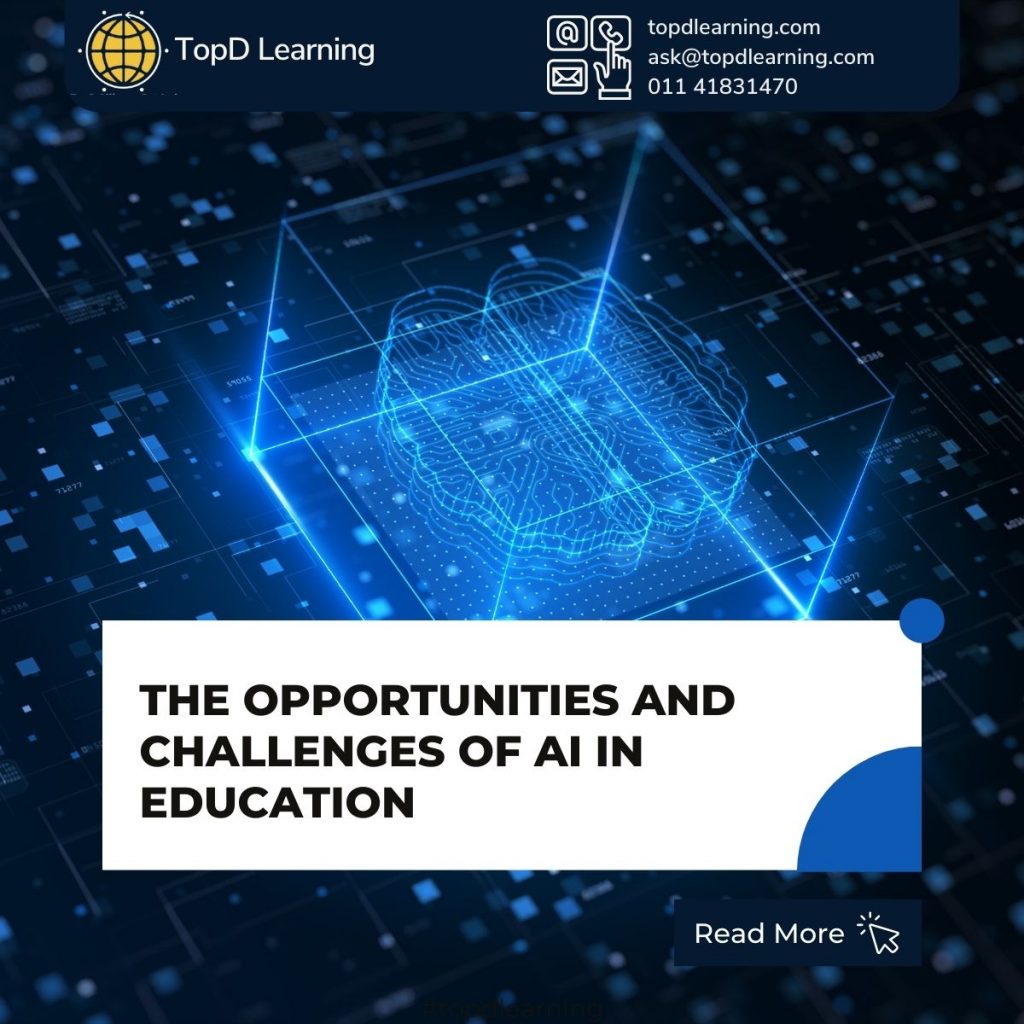Discover the opportunities and challenges of using AI in education. From personalized learning to data analysis and accessibility, explore how AI can enhance the learning experience. Learn about ethical concerns, privacy, and bias, and how to ensure AI is used responsibly for improving educational outcomes. Read more to learn more about it.
Introduction
Artificial Intelligence (AI) is transforming various industries, and education is no exception. It has the potential to revolutionize the way students learn, teachers teach, and educational institutions operate. While some may view AI as a threat to jobs, others see it as a way to enhance existing educational practices. In this blog, we’ll explore the opportunities and challenges of AI in education.
Table of Content
- What is AI in Education?
- Opportunities of AI in Education
a. Personalized Learning
b. Intelligent Tutoring Systems
c. Data Analysis and Predictive Analytics
d. Enhanced Accessibility
- Challenges of AI in Education
a. Ethical Concerns
b. Privacy and Security
c. Bias and Discrimination
d. Human Interactions and Relationships
- The Future of AI in Education
What is AI in Education?
AI in education refers to the use of machine learning, natural language processing, and other AI techniques to enhance teaching and learning. AI can be used to provide personalized learning experiences, to create more engaging and effective content, and to manage and assess student progress. AI can also help educators to identify and address areas of improvement for individual students. AI can be used for various purposes, such as personalization, assessment, and administrative tasks.
Ultimately, the goal of AI in education is to help students to learn more effectively and to improve outcomes.
Opportunities of AI in Education
Let’s explore the opportunities of AI in education:
Personalized Learning:
AI can help create personalized learning experiences for students based on their unique needs and abilities. It can analyze data from various sources, such as assessments and feedback, to create customized learning paths. This means that students can learn at their own pace and receive targeted support to help them succeed.
Intelligent Tutoring Systems:
Intelligent tutoring systems use AI to provide students with personalized feedback and guidance. They can adapt to each student’s learning style and pace, making learning more efficient and effective. This means that students can receive immediate feedback on their progress and have access to support that is tailored to their individual needs.
Data Analysis and Predictive Analytics:
AI can analyze large amounts of data to identify patterns and insights that can help improve teaching and learning. It can also predict student performance and provide early interventions to prevent students from falling behind. This means that teachers can use data to inform their teaching practices and provide targeted support to students who need it.
Enhanced Accessibility:
AI can help make education more accessible for students with disabilities or learning difficulties. For example, it can provide text-to-speech or speech-to-text capabilities, or even translate content into different languages. This means that students who might otherwise struggle with traditional learning methods can access education in a way that works for them.
Challenges of AI in Education
Now that we know about the opportunities of AI, let’s understand the various challenges of AI in education.
Ethical Concerns:
As with any new technology, AI in education raises ethical concerns around privacy, data ownership, and bias. There is a need for transparent policies and guidelines to ensure that AI is used in an ethical and responsible manner.
Privacy and Security:
AI relies on large amounts of data, which can be sensitive and personal. There is a need to ensure that data is collected, stored, and used securely and that student privacy is protected.
Bias and Discrimination:
AI algorithms can be biased, reflecting the biases of their creators or the data they are trained on. This can lead to discrimination against certain groups of students or perpetuate existing inequalities.
Human Interactions and Relationships:
AI in education should not replace human interactions and relationships. Teachers and other educational professionals play a crucial role in providing emotional support, guidance, and mentorship to students.
The Future of AI in Education
The future of AI in education is exciting and holds great promise. As AI technology continues to evolve, we can expect to see more innovative and effective ways of teaching and learning. AI has the potential to transform education by making it more personalized, efficient, and effective. However, it’s essential to ensure that AI is used ethically and responsibly, with a focus on improving educational outcomes for all students.
Conclusion
In conclusion, AI has the potential to revolutionize education by enhancing personalized learning, intelligent tutoring systems, data analysis and predictive analytics, and accessibility. However, AI in education also presents ethical concerns around privacy, bias, and discrimination. It is essential to use AI in an ethical and responsible manner to ensure that educational outcomes are improved for all students. By doing so, we can create a brighter future for education, powered by AI.
TopD Learning offers training for various IT and management courses, Artificial Intelligence included, so you can check out our courses and consider signing up or contact us for more information.


